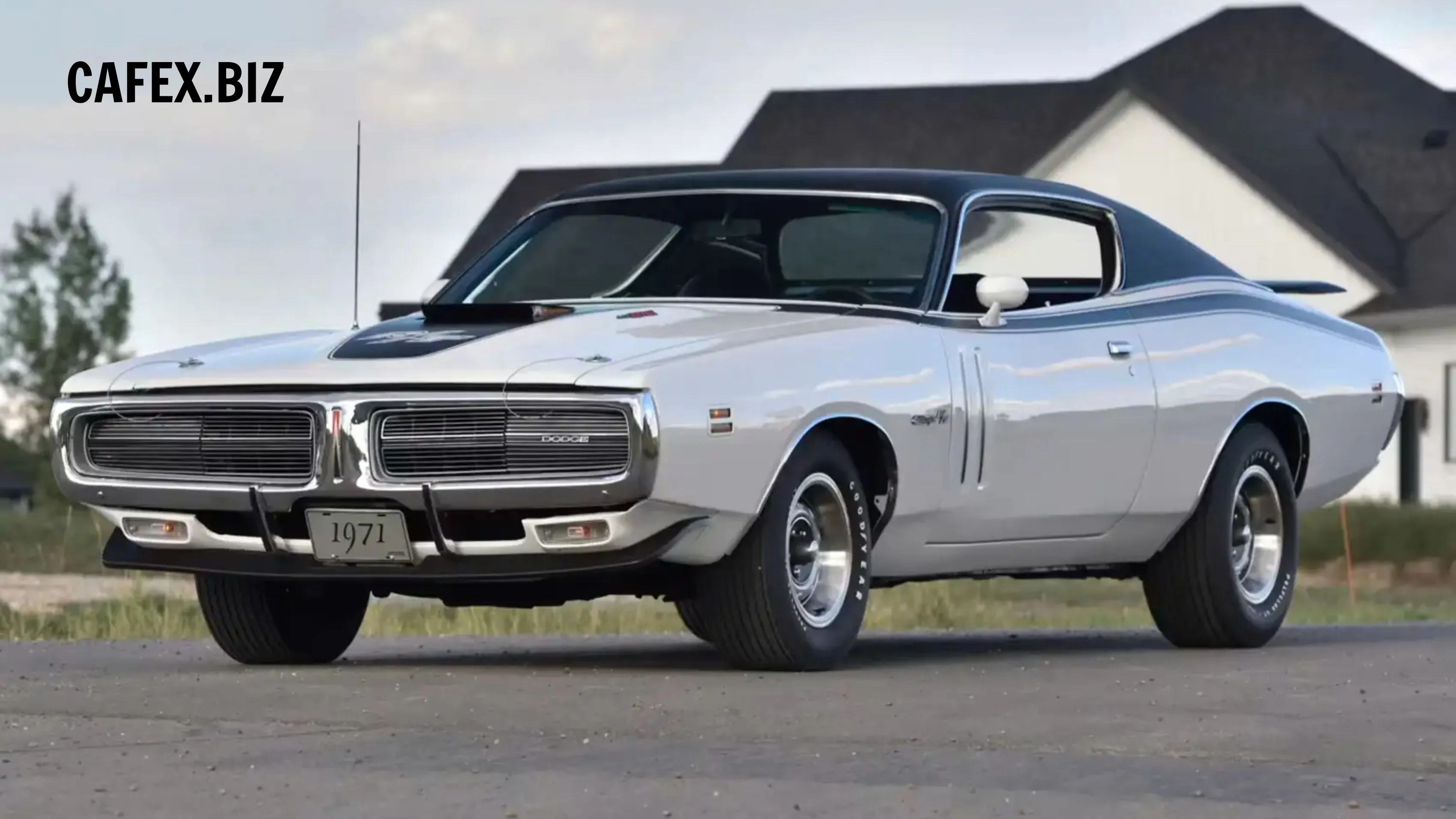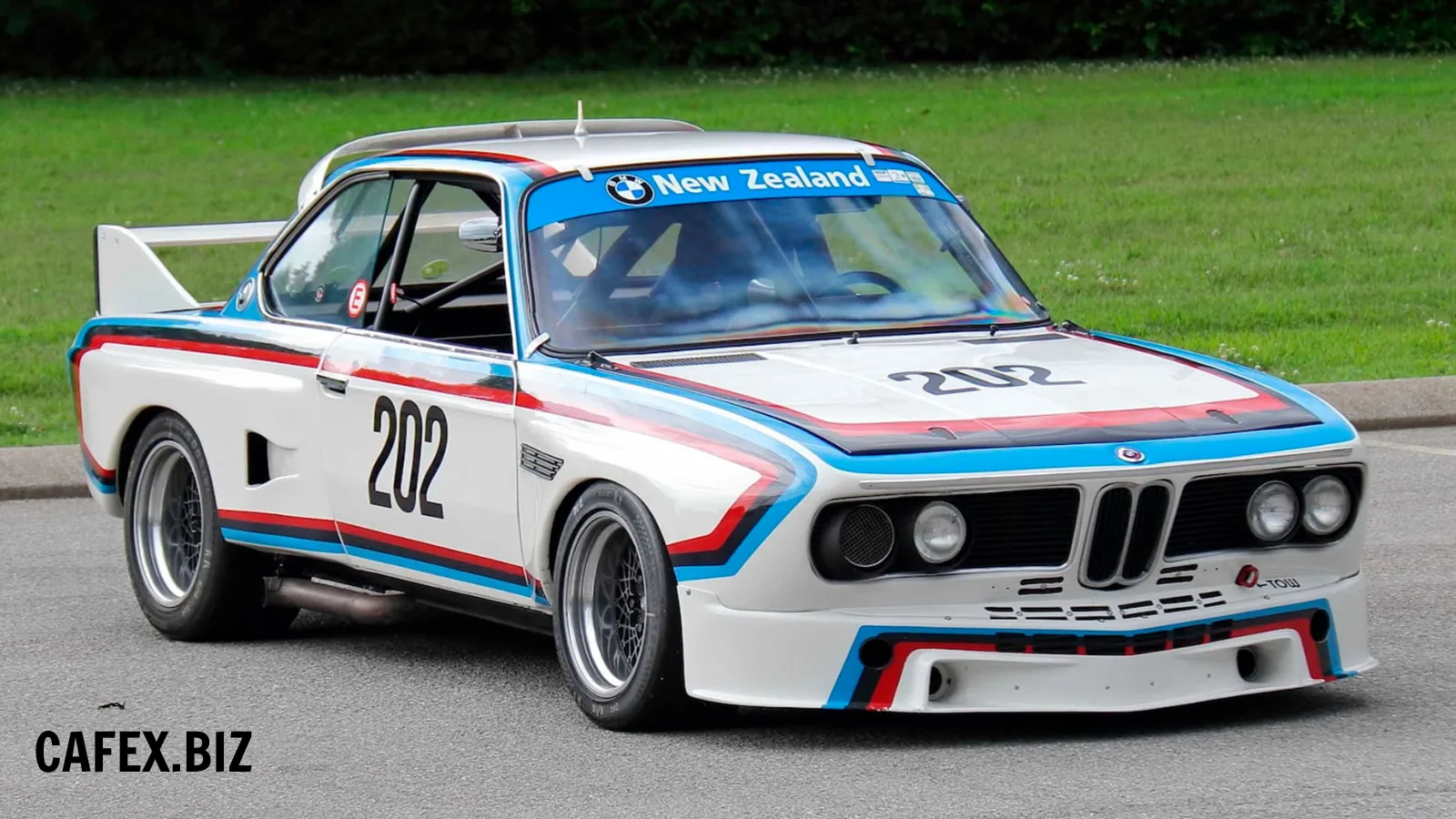The Jaguar XJ220 is a supercar produced by Jaguar from 1992 to 1994. It was first introduced as a concept car at the 1988 British International Motor Show and received an overwhelming response, prompting Jaguar to put it into production. The Jaguar XJ220 is a rare and iconic supercar representing a remarkable automotive engineering and design achievement during the early 1990s.

1. Design
The 1992-1994 Jaguar XJ220 design is often regarded as one of its most striking features. It showcases a blend of aerodynamic efficiency and aesthetic appeal. Here are some key design elements of the XJ220:

Sleek and Low-Slung Body
The XJ220 has a low, streamlined body that hugs the ground, emphasizing its performance-oriented nature. The car sits only 48 inches (1.22 meters) tall, contributing to its aerodynamic efficiency and giving it a visually aggressive stance.

Aerodynamic Shape
The XJ220's design was heavily influenced by aerodynamics, resulting in a shape optimized for speed and stability. The smooth contours and curved lines minimize drag, while various air intakes and vents strategically placed throughout the body help manage airflow and cool the engine.

Pop-Up Headlights
The XJ220 features retractable headlights that pop up when in use, contributing to its sleek and clean frontal appearance. This design element was popular during that era and added to the car's distinctive character.

Side Air Intakes
One of the most recognizable design elements of the XJ220 is the large, elongated air intake on either side of the car, just behind the doors. These intakes provide cooling air to the engine and feed air to the intercoolers.

Rear Wing
The XJ220 incorporates a prominent rear wing that automatically adjusts its angle to optimize aerodynamic downforce at high speeds. This feature enhances stability and ensures effective handling during high-performance driving.

Tail Lights
The XJ220 features a distinctive set of slim, horizontally oriented taillights that span the width of the rear end. These taillights, combined with the rear wing and the diffuser underneath, contribute to the car's overall aerodynamic performance and give it a unique visual signature.

Attention to Detail
The XJ220 exhibits meticulous attention to detail in its design. From the seamless integration of body panels to the finely sculpted side mirrors and door handles, every aspect of the car's exterior was crafted with precision and elegance.

2. Cultural Significance
The cultural significance of the Jaguar XJ220 lies in its impact on the automotive industry and its representation of British engineering prowess. Here are a few aspects of its cultural significance:

Supercar Icon
The XJ220 captured the imagination of car enthusiasts and became an instant icon in the world of supercars. Its striking design, impressive performance, and record-breaking top speed made it a symbol of automotive excellence and innovation.

British Engineering Achievement
The XJ220 showcased the engineering capabilities of Jaguar and the collaborative efforts between Jaguar and TWR. It demonstrated that British manufacturers could compete with other renowned supercar manufacturers and produce world-class vehicles.

Limited Production and Rarity
Jaguar originally intended to build 350 units of the XJ220, but due to economic recession and changing market conditions, only 281 cars were produced. Each car was hand-built in collaboration with TWR.

The limited production run of the XJ220 adds to its cultural significance. With only 281 units produced, it became a rare and sought-after car, attracting collectors and enthusiasts alike. Its exclusivity and scarcity contribute to its cultural allure and high market value.
Impact on Future Jaguar Models
The XJ220 had a lasting impact on Jaguar's future models. While it didn't directly influence the design or specifications of subsequent Jaguar cars, it revitalized the brand's image and inspired the development of other high-performance models, such as the Jaguar F-Type and Jaguar XKR.

Endurance Racing Success
The XJ220 also made its mark in motorsport. It competed in the 24 Hours of Le Mans race in 1993 and 1995, showcasing its performance capabilities on the track. Although it didn't achieve a podium finish, its participation in endurance racing further enhanced its cultural significance and solidified its place in automotive history.

3. Engine
The 1992-1994 Jaguar XJ220 is powered by a mid-mounted 3.5-liter twin-turbocharged V6 engine. Here are some key details about the engine:
Configuration
The XJ220's engine is a V6, which was a departure from the originally planned V12 engine. The decision to use a V6 engine was made to optimize weight distribution and improve the car's handling characteristics.

Twin Turbocharging
The V6 engine of the XJ220 features twin turbochargers, which help increase power output and enhance performance. The forced induction system provides a significant boost in horsepower and torque.

Power Output
The engine in the XJ220 produces an impressive output of 542 horsepower (550 PS) and 475 lb-ft (644 Nm) of torque. This power allows the XJ220 to achieve remarkable performance and impressive top speed.

Engine Management
The XJ220 utilizes an advanced engine management system to optimize performance and ensure efficient operation. The system includes electronic fuel injection and sophisticated engine control units (ECUs) to monitor and adjust various parameters.

Transmission
Power from the engine is sent to the rear wheels through a five-speed manual transmission. The manual gearbox allows for precise control and engagement, enhancing the driver's experience.

4. Performance
The 1992-1994 Jaguar XJ220 is known for its impressive performance capabilities. Here are some key performance figures associated with the XJ220:
Acceleration
The XJ220 accelerates from 0 to 60 mph (0 to 100 km/h) in approximately 3.6 seconds. This rapid acceleration is made possible by the car's powerful engine and lightweight construction.

Top Speed
The XJ220 has a top speed of 213 mph (344 km/h). At the time of its release, it held the title of the fastest production car in the world, showcasing its exceptional performance capabilities.

Handling
The XJ220's performance extends beyond straight-line speed. It features a sophisticated four-wheel drive system and four-wheel steering, which contribute to its agility and precise handling characteristics. The car's advanced suspension system and aerodynamic design also enhance its cornering capabilities.

Track Performance
Although the XJ220 was not primarily designed as a track-focused car, it did participate in endurance racing. The XJ220 competed in the 24 Hours of Le Mans race in 1993 and 1995. While it did not achieve a podium finish, its participation showcased its endurance capabilities and added to its racing pedigree.




-1686300069.jpg)